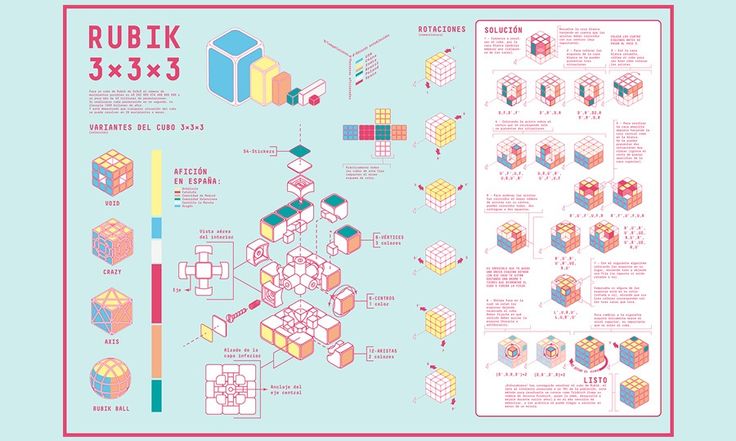Infographics are powerful visual communication tools for presenting information clearly and attractively. They are particularly useful for presenting complex data in an easy-to-understand way, and to help illustrate ideas or concepts. If you'd like to create a professional, high-quality infographic, here are a few steps to help you achieve that goal.

1. Choose a clear subject and objective
Before you start creating your infographic, it's important to determine the topic you want to cover and the objective you want to achieve. Your topic should be relevant to your target audience, and your objective should be specific and measurable. For example, if your objective is to present labor market trends in your region, you should look for data on employment, salaries, most in-demand skills, etc. that are related to your topic.
2. Search and organize your data
An infographic must be based on reliable, up-to-date data. Take the time to research and check your sources to ensure that your data is accurate and trustworthy. Use official sources, such as governments, professional organizations or universities, to ensure that your data is reliable. Once you've collected all your data, organize it so that it's easy to understand and present visually. For example, you can use tables or graphs to highlight trends or comparisons.
3. Decide on the format of your infographic
There are many different formats for infographics, such as diagrams, pie charts, timelines and so on. Choose the format that best suits your subject and purpose. For example, if you want to present labor market trends in your region, you could use a timeline to show how employment has changed over the years, or a pie chart to highlight the skills most in demand.
4. Create an outline of your infographic
Before you start drawing your infographic, create an outline to help you visualize your entire project and determine how you're going to organize your data. Your schema should include all the elements of your infographic, such as headings, subheadings, graphics, images, etc. This will ensure that your infographic is coherent and that all elements are well aligned and balanced.
5. Check and test your infographic
Before publishing or sharing your infographic, be sure to check and test it with different audiences. This will ensure that your infographic is clear, easy to understand and visually appealing to all users. Don't hesitate to ask colleagues or design professionals for their feedback and suggestions for improvement.
By following these 5 steps, you should be able to create a professional, high-quality infographic that will help communicate your ideas in a clear and visually appealing way. Remember that creating an infographic is a multi-step process, and it's important to take the time to plan and check your work before publishing or sharing it. If you need help creating a professional infographic, don't hesitate to call on a professional graphic designer who can guide you and help you achieve your goals.





